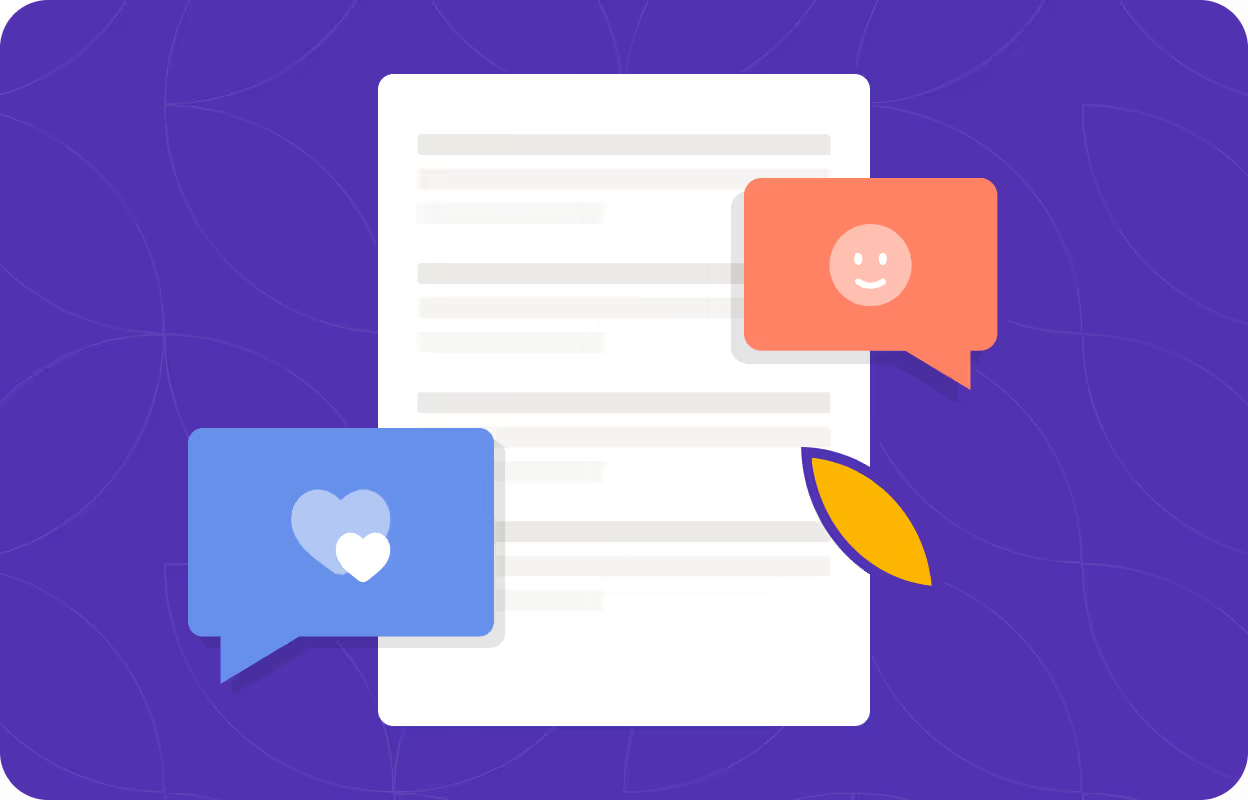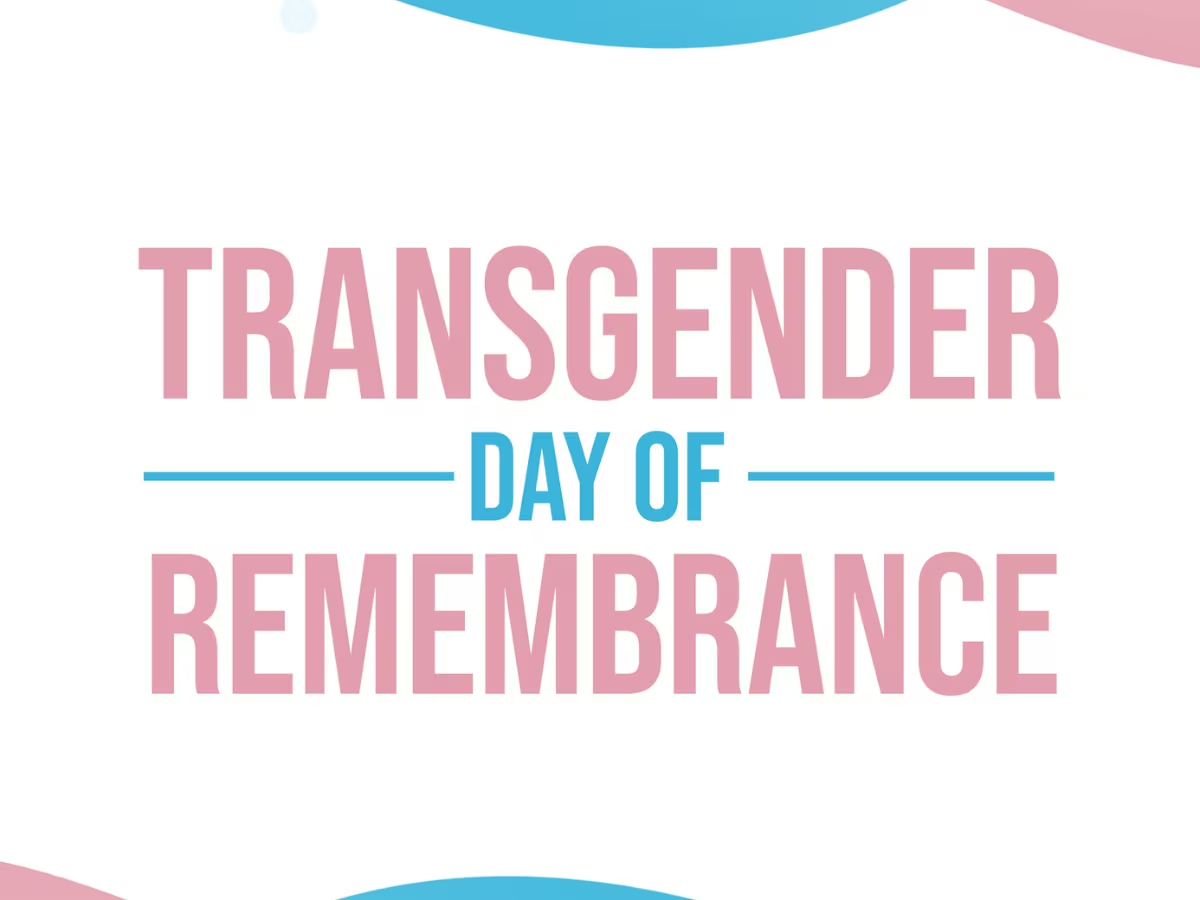
Your Alumni Toolkit, All in One Place
our care

.avif)
.avif)
Stay tuned: more alumni resources coming soon

Alumni support—your way, in your time
our care

Whether you’re ready to reconnect or simply want to stay nearby, there are many ways to stay supported through the Monte Nido Alumni Program.

Learn about the Monte Nido Alumni community
Stay connected with others who’ve been there. Our alumni groups are welcoming, judgment-free spaces.
Learn about Monte Nido Alumni

Join a virtual support group
Stay connected with others who’ve been there. Our alumni groups are welcoming, judgment-free spaces.
View upcoming groups

Return to care
If you feel like you need more structured support, we're here to talk-no pressure, just a conversation.
Learn about re-entry
Blog articles to support your ongoing recovery
our care

Explore articles written by Monte Nido experts covering topics like relapse prevention, body image, nutrition, and Explore articles written by Monte Nido experts covering topics like relapse prevention, body image, nutrition, and staying connected in recovery.
For parents and caregivers
For you
For alumni
For providers
December 10, 2025
Managing Eating Disorders During the Holidays
Read more
For parents and caregivers
For you
For alumni
For providers
November 19, 2025
How to Handle Thanksgiving with an Eating Disorder
Read more
For alumni
For parents and caregivers
For providers
For you
November 19, 2025
Transgender Day of Remembrance 2025: Honoring Lives and Supporting Healing
Read more
Books that support recovery beyond treatment
Explore our curated list of recovery-friendly reads—covering intuitive eating, body image, self-compassion, and more.
Additional places to find support
You’re never alone in recovery. These trusted partners and organizations offer peer support, advocacy, education, and resources for eating disorder healing.
.avif)
.avif)
You’re not alone if you’re thinking about returning
Reentering treatment doesn’t mean starting over—it means honoring what you need. There’s no shame in choosing more support. We’re here when you’re ready.
or call
888-228-1253
to speak confidentially with one of our eating disorders specialists to start the road to recovery.






.avif)















.avif)








.avif)


